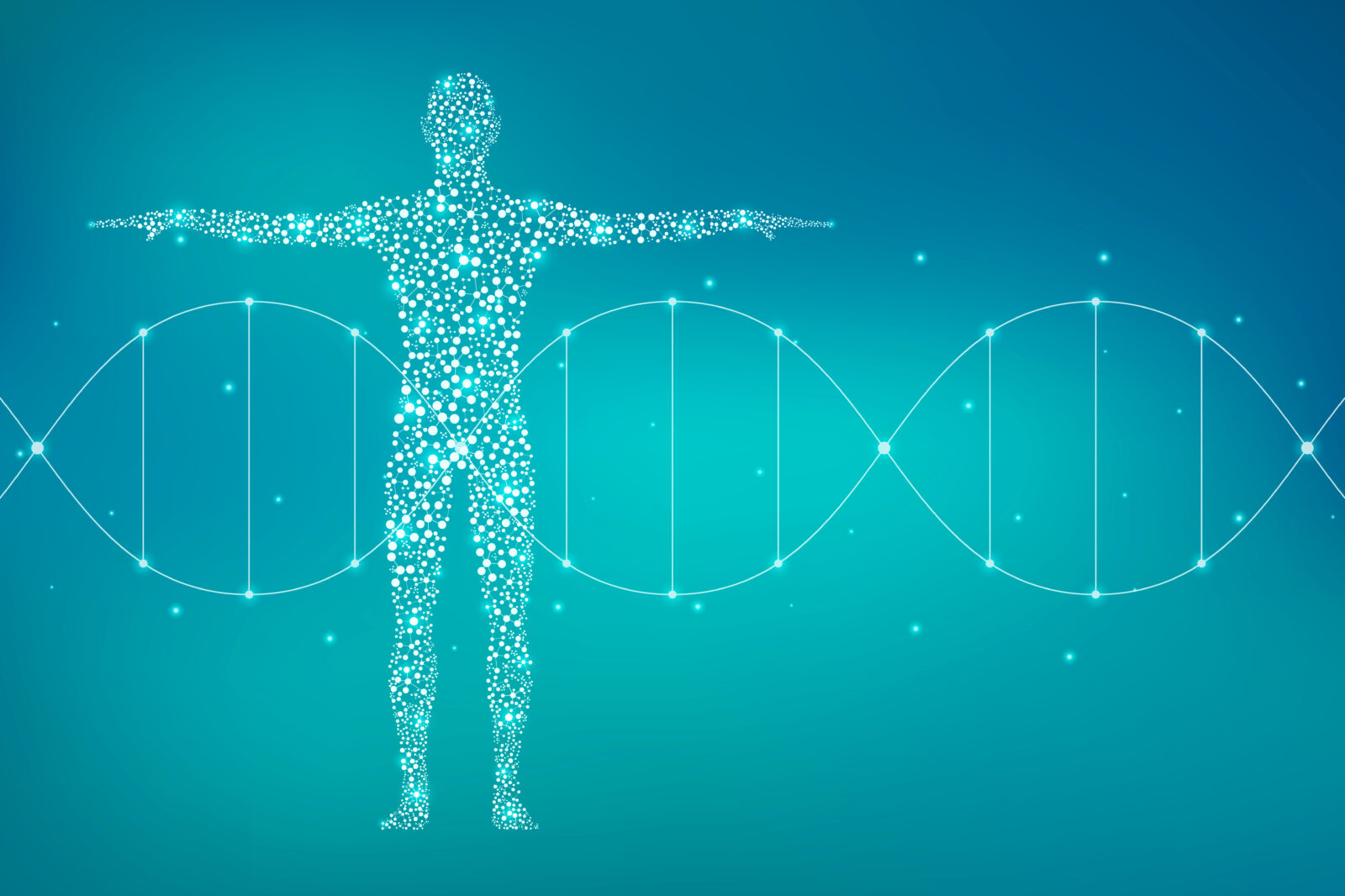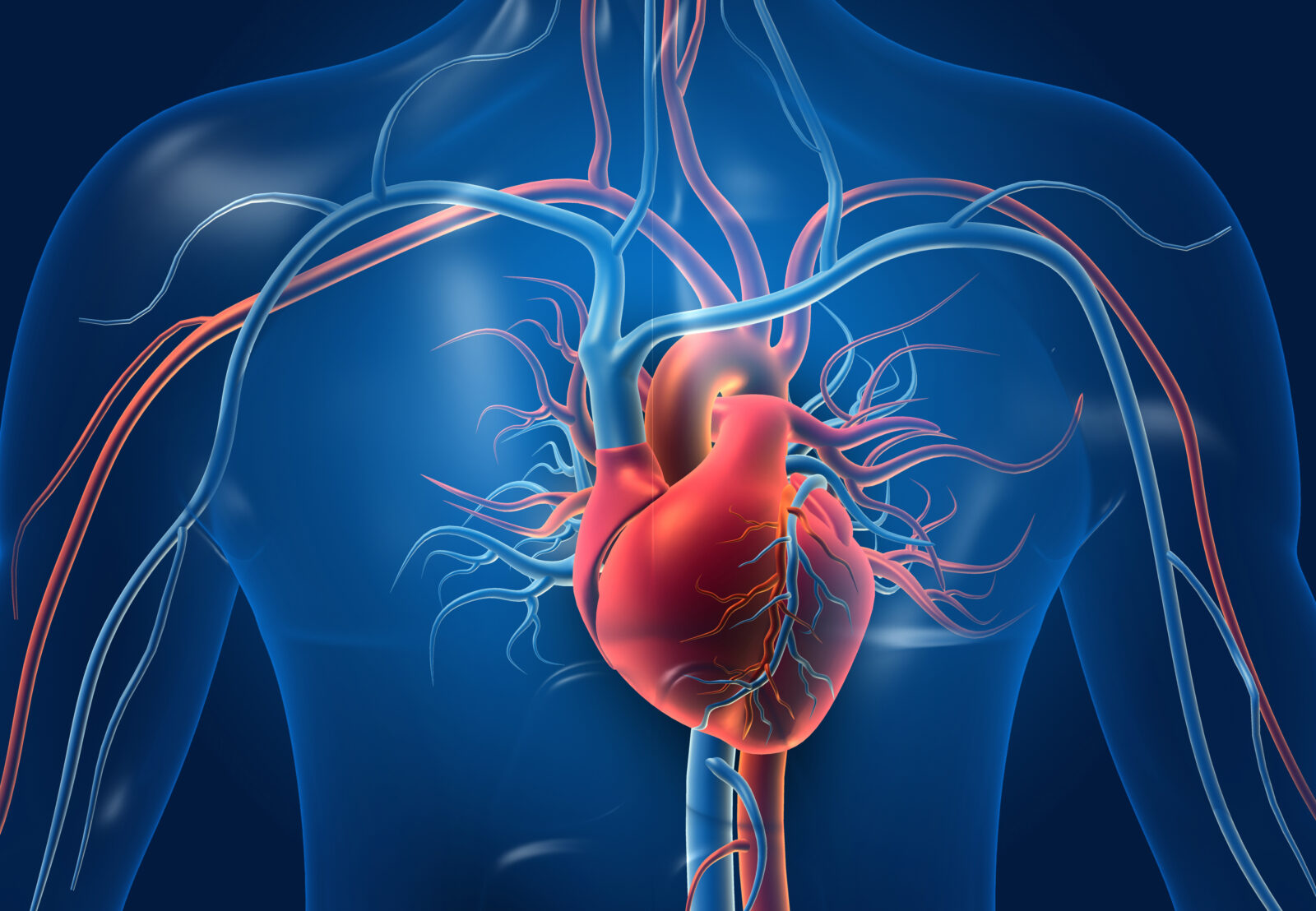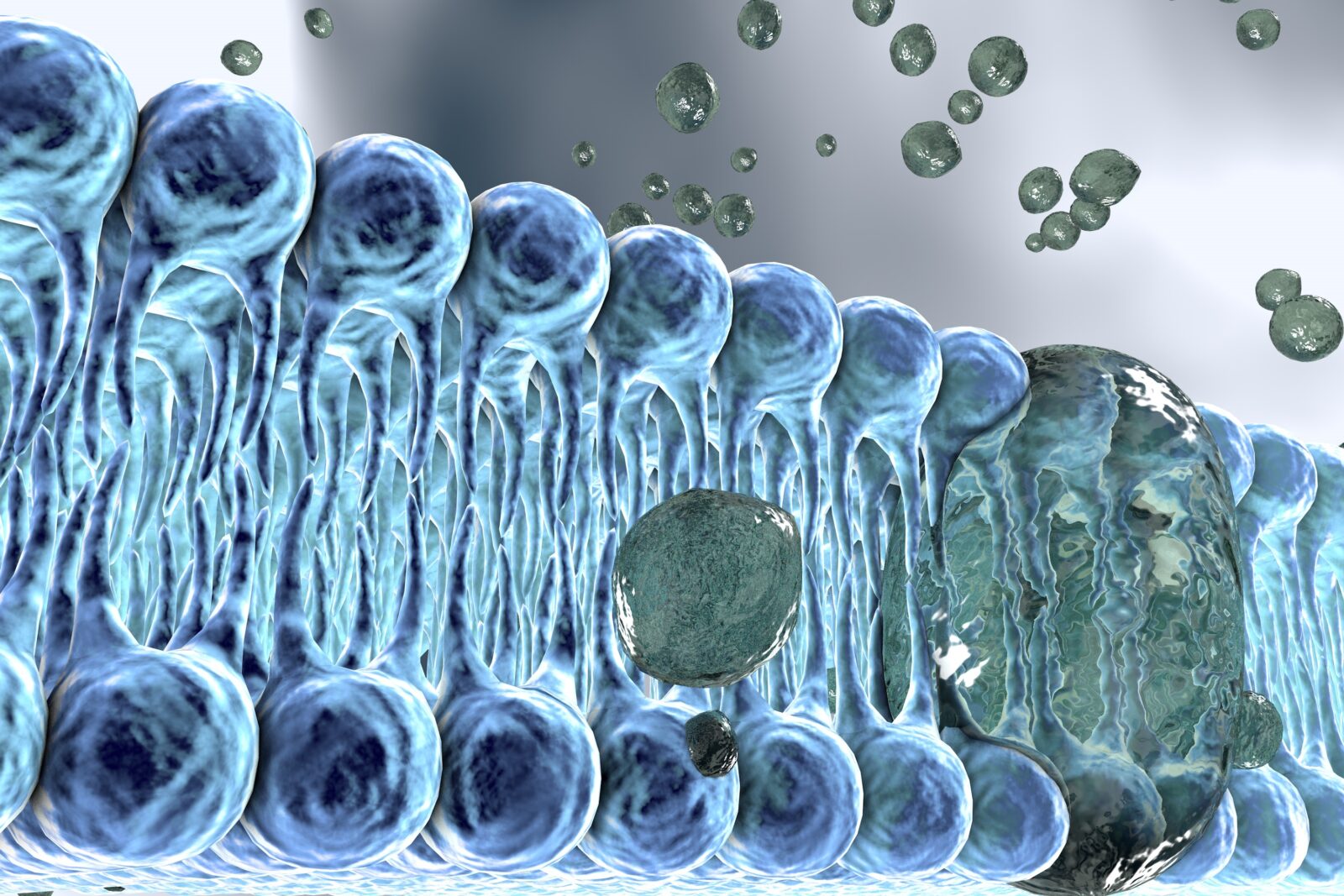


How We Balance Water and Sodium to Maintain Life

Michael Behe: Behind The Scenes of Secrets of the Cell

Michael Behe on the Origin of Biological Information

How Life Leverages the Laws of Nature to Survive

The Innovative Cellular Engineering That Keeps Us Alive

God’s Grandeur: Ann Gauger on the Scientific Case for Design

James Tour–A Flyover of the Challenges Facing Abiogenesis
Today’s ID the Future features the next in a YouTube video series by Dr. James Tour on the origin-of-life problem. Here Tour, a distinguished synthetic organic chemist, lists the characteristics of life and describes some features of the early Earth where life first appeared. Then he provides a fast flyover of the many grave problems of blindly evolving the first living cell from prebiotic materials.